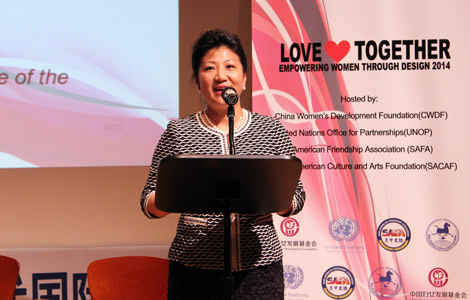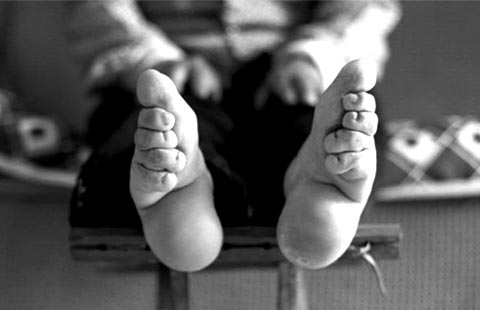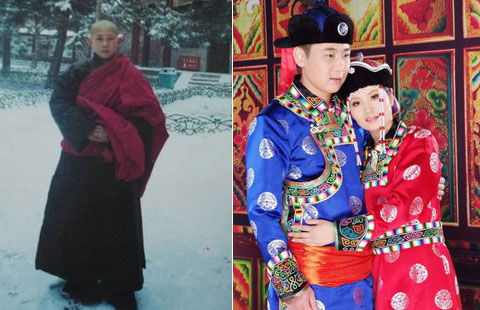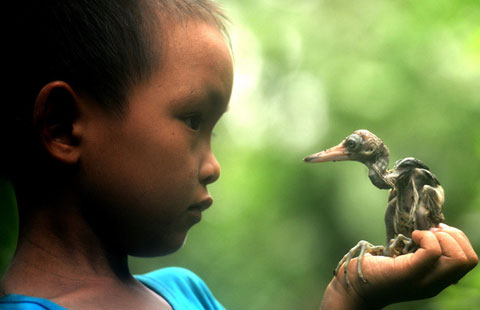Hangzhou to trap, sterilize and return stray cats
Updated: 2014-08-01 07:28
By Yan Yiqi in Hangzhou (China Daily)
|
||||||||
Hangzhou, the capital of Zhejiang province, is launching a program in September to control its population of stray cats.
According to the Zhejiang Small Animals Protection Association, Hangzhou has more than 300,000 stray cats, most of them unsterilized and unvaccinated.
Chen Xiaoming, director of the Hangzhou Animal Husbandry and Veterinary Bureau, said the trap-neuter-return program will humanely trap stray cats in the city, sterilize them and return them to the locations where they were found. "We have located communities in the city with large populations of stray cats. Our workers and volunteers will catch the stray cats and send them to clinics to be sterilized," he said.
The government is spending 300,000 yuan ($48,000) on the program, mainly in subsidies to veterinary clinics that perform the neutering and spaying operations.
Chen said three to five clinics in the city's downtown area will be selected this month to perform the bulk of the operations.
"Residents from communities that don't have large stray cat populations can still bring in strays to appointed vet clinics for treatment," he said.
Zhu Shuilin, secretary-general of the Zhejiang Small Animals Protection Association, said the trap-neuter-return method is considered worldwide to be the most humane and effective strategy for controlling stray cat populations.
"Cats are fecund. Getting their population under control can reduce transmitted diseases," he said.
But the program is a relatively new idea in China, Zhu said, and people may consider it inhumane.
"Actually, the program is not only beneficial to society, but also to stray cats. Without regular control of their population, the slaughtering of stray cats is frequent," he said.
Zhu said that although the program can effectively control stray cat populations, residents should be responsible for their pets.
"If you keep a cat, do not abandon it," he said.
In most Chinese cities, controlling stray animal populations with the trap-neuter-return method is funded by nongovernmental organizations. After the Beijing government began funding such a program for stray cats in 2008, the number of stray cats receiving the treatment rose significantly, according to city officials.
yanyiqi@chinadaily.com.cn
(China Daily 08/01/2014 page4)

 Jobs hunting
Jobs hunting
 Happy homecoming for retired ambassador
Happy homecoming for retired ambassador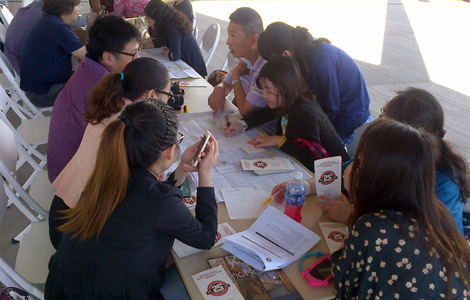
 New York state seeks Chinese tourists
New York state seeks Chinese tourists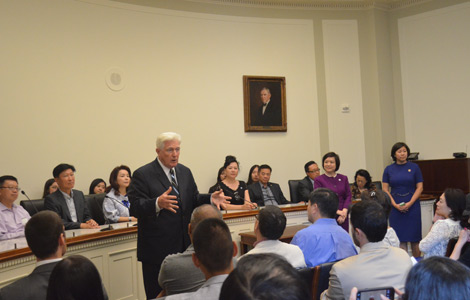
 Leadership foundation brings young ambassadors to DC
Leadership foundation brings young ambassadors to DC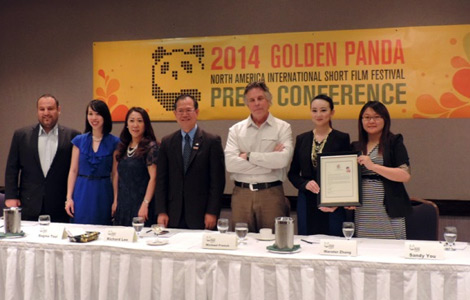
 Panda North American film festival opens for submissions
Panda North American film festival opens for submissions
 Lavender farm has right scent to lure Chinese tourists
Lavender farm has right scent to lure Chinese tourists
 Pleas for help on murder case
Pleas for help on murder case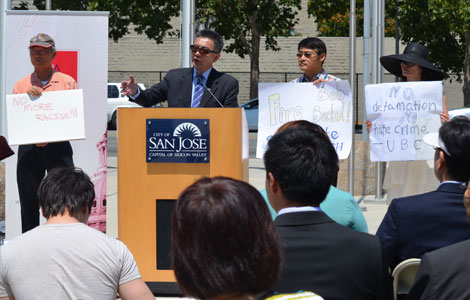
 Silicon Valley rally calls on Fox News to fire Beckel
Silicon Valley rally calls on Fox News to fire Beckel
Most Viewed
Editor's Picks

|

|

|

|

|

|
Today's Top News
Reforming hukou will unify rights of migrants
Oil stocks rally on news of probe
Firm to build $1.85bn plant in US
Microsoft responds to anti-monopoly probe
Alibaba reportedly to fund Snapchat
Alibaba mulls Snapchat funding
Ex-Panbassadors enjoy home
Chinese antitrust agency probes Microsoft
US Weekly

|

|

